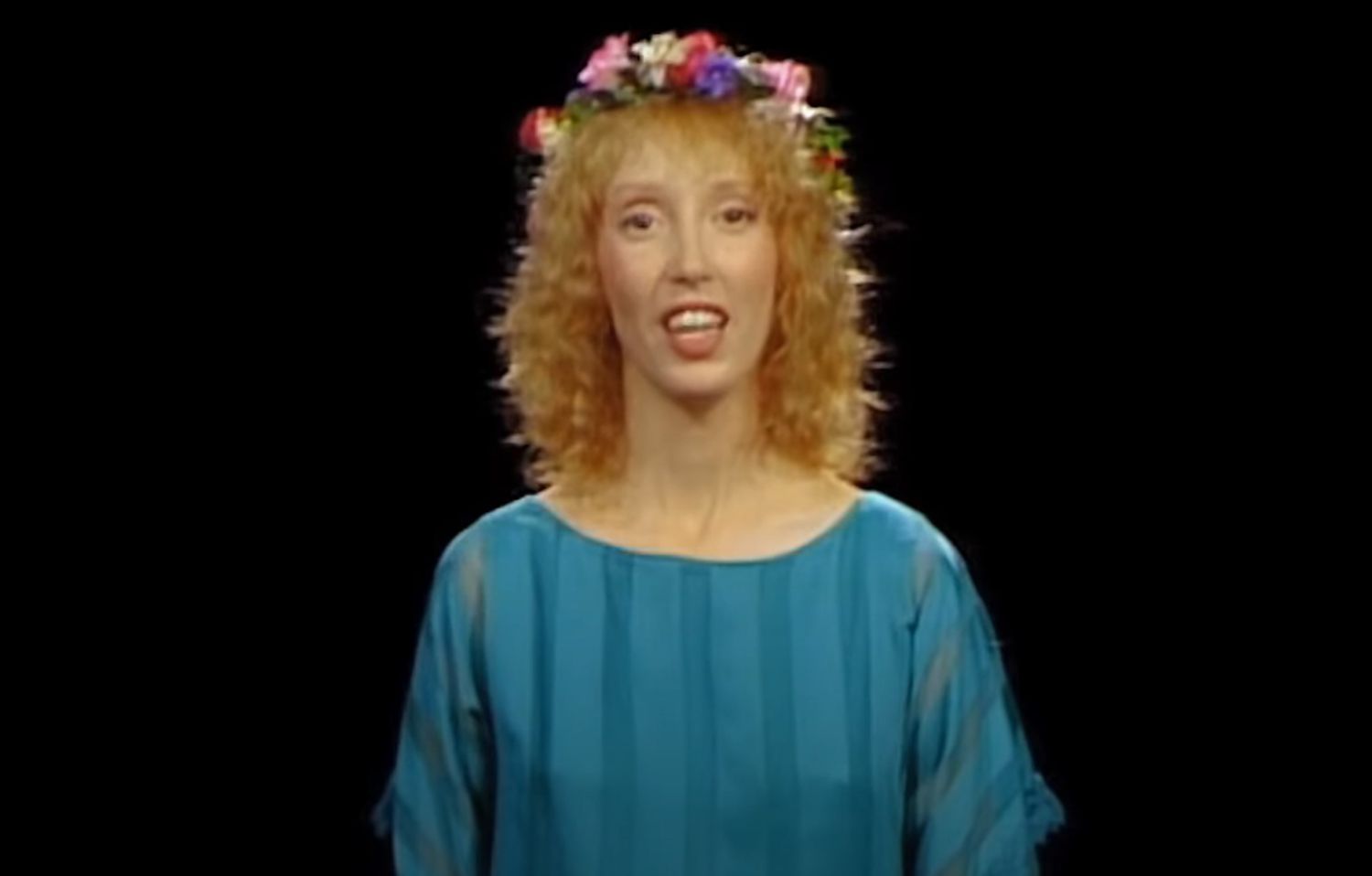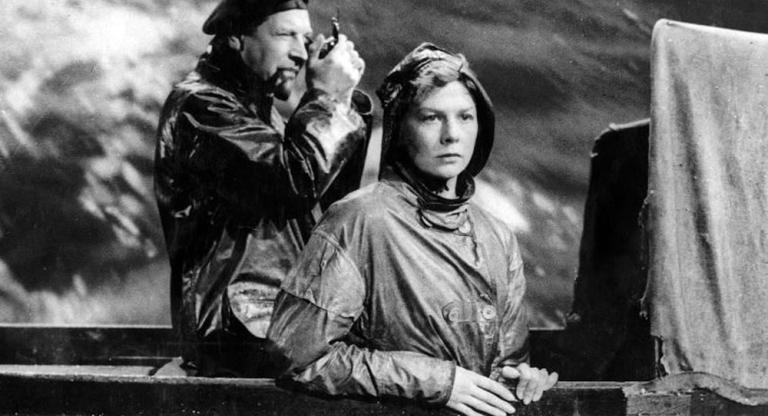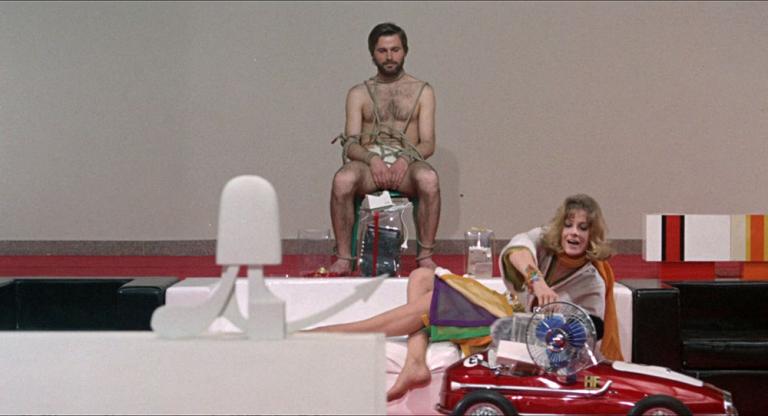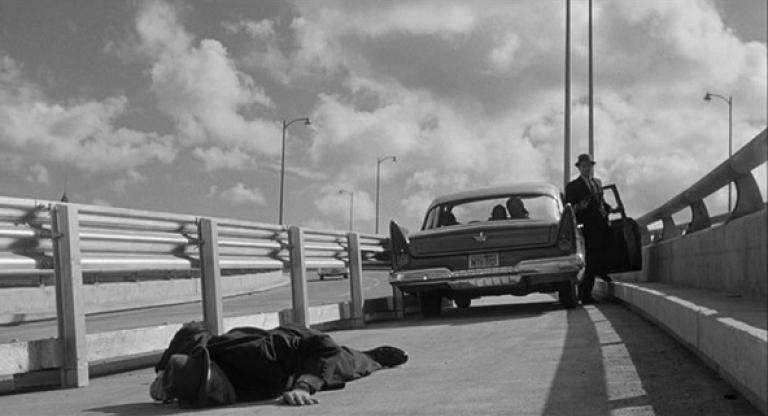The hit fantasy series Faerie Tale Theatre ran from 1982 to 1987 on Showtime. It was created by Shelley Duvall, who also hosted each episode, to re-familiarize young audiences with classic fairy tales, particularly those of the Brothers’ Grimm. Along with Faerie Tale Theatre, Duvall also produced three more anthology series—Tall Tales and Legends (1985), Nightmare Classics (1989), and Bedtime Stories (1992)—aimed at older audiences. This upcoming Sunday, August 11, Piranha Psychotronica and Kafka X of Media Meltdown will present three of their favorite episodes from Faerie Tale Theatre in tribute to Duvall, who passed away from diabetes-related complications last month.
Duvall came up with the idea for Faerie Tale Theatre while reading Grimm’s Fairy Tales on the set of Robert Altman’s Popeye (1980) in Malta. It was there that she asked her co-star, Robin Williams, about his thoughts on the story of “The Frog Prince.” Two years later, “The Frog Prince” premiered as the series’s pilot with Williams in the titular role. Except, unlike most renditions of the popular tale, Duvall, with the aid of director Eric Idle from Monty Python, leaned into the story’s most grotesque, lurid, and fantastical details. Instead of featuring a cute frog puppet, the pilot relies on a vividly slimy frog costume, and the character, in spite of his good manners, resembles Gill-man more than Kermit.
This pilot episode, with all its strange and kooky flourishes, sets the tone for the series as a whole. Like its creator, Faerie Tale Theatre is charged with whimsy. Above all, the show gestures at the paramount role artifice played in Duvall’s career as both a performer and a producer. Throughout the series, which relies on kitsch set design and over-the-top acting, artifice reveals itself as the magical foundation upon which most of its charms bloom. As the film critic Beatrice Loayza wrote in her obituary for The Atlantic, “Duvall always seemed to be putting on a show.” Any episode of Faerie Tale Theatre will reveal this, with Duvall’s extravagant storytelling and dutiful commitment to conjuring up worlds far from the mundane evoking her supernatural ability to dazzle and hypnotize as a performer. Somewhere between late-career Ken Russell and a Van Eyck altarpiece, the meticulously crafted look of Faerie Tale Theatre is evidence of Duvall’s incredible intuition as a producer who knew how to transform implausible scenarios into amusing delights. Her incredible eye for behind-the-scenes talent extended onto the screen itself, with every episode of the show featuring name actors and artists; some highlights include Elliott Gould as a bumbling giant, Paul Reubens as Pinocchio, and Jeff Bridges as a blind prince.
Duvall, who also starred in many of the show’s episodes, always looked perfectly at ease in her mystic world. In “Rapunzel,” where she plays both the eponymous princess and her mother, Duvall appears radiant throughout, clearly reveling in the playfulness of the episode’s script. At one point, she breaks into song—as many characters often do in Faerie Tale Theatre. Standing tall in an orange dress, eyes adrift as she sings about true love, Duvall disappears and Rapunzel comes to life. Her talents were such that even the most fictive characters felt real in her command, not because she accommodated the unreal and latched onto its most tangible gestures and ideas, but because she inhabited the fantastical at its outer limits, showing off an imaginative talent befitting of a fairy tale world.
Fairy Tale Theatre screens Sunday, August 11, at the 4 Star Theater as part of the series “Media Meltdown Movie Madhouse.






